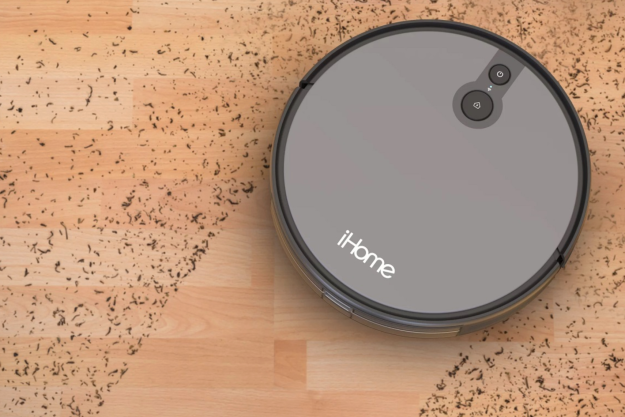Tiny homes may get a lot of attention, but few developers beyond those brave souls catering to the “glamping lifestyle” have embraced the concept of portability. But now, a French manufacturer of window products has teamed up with a groundbreaking architect and civil engineer on a new prefabricated housing prototype that’s designed to be delivered and assembled within days.
The product is called Lumishell, and it’s the brainchild of Christophe Benichou, a designer whose feats have included the Tip-Box, a structure pitched on the edge of Pic-Saint-Loop, a mountain in southern France. The Lumishell’s design is fundamentally dependent on French company Lumicene’s reversible window concept, which uses curved glass in aluminum frames to help create a transformable structure that integrates seamlessly with the outdoors. Lumicene’s president, Laurent Salvaire, is a specialist in innovation within the building industry. He joined Lumicene in 2015 as managing director to oversee the company’s expansion and launch the Lumishell project with Benichou.
Billed as a “cocoon in the wilderness,” the Lumishell is essentially a spare, tiny prefabricated home meant to be manufactured, shipped to its destination, and assembled in a matter of days. The prototype includes a day area designed for meals or work time, a bathroom, and a nighttime area for sleeping, all of which are connected to the landscape via Lumicene’s bioclimatic glass concept. The 430-square-foot dwelling theoretically can be ordered online, transported to its destination, and assembled on-site in less than five days (not including hookups).

Lumicene has taken some fabulous pictures of Benichou’s eerie prototype on Bolivia’s Salar de Unyuni, the world’s largest salt flat at more than 4,000 square miles and one of the most remote locations on the planet. Lumicene says the product is perfect for hotel keepers, landlords with exceptional landscapes, and travelers seeking a place to commune with nature.
The design is fascinating in its simplicity, while simultaneously lending itself to augmentations. Adding to its portability, the Lumishell has no need for foundations; the structure is self-supporting, requiring only a flat surface capable of bearing its weight. In cooler climates, the structure captures solar energy via the curved glazed surfaces of its windows, while external blinds provide sun protection and cross ventilation in warmer weather. Augmentations to the design could eventually include solar roof panels, rainwater recovery, and dry toilets, depending on the remoteness of the area where it’s located.
“I believe in a descriptive sensorial architecture,” says designer Benichou on his equally spare website. “An architecture with sense, enunciating how man and buildings are situated in their environment, a tell-tale achievement explaining what it stands for and what we are or wish to be. But an architecture for the senses as well, extolling the tangible characteristics of the location in which it is implanted, and moving the viewer as they are disclosed, but also as it fosters its own situations – a new inner emotional wealth. I am all for an architecture with a sense and upsetting the senses.”
Lumicene is starting an international expansion, and expects to be able to deliver Lumishell units anywhere in the world. The company has already installed more than 1,300 of its Lumicene windows on individual homes throughout France, and the first commercial installation of the Lumishell units is expected this year.


